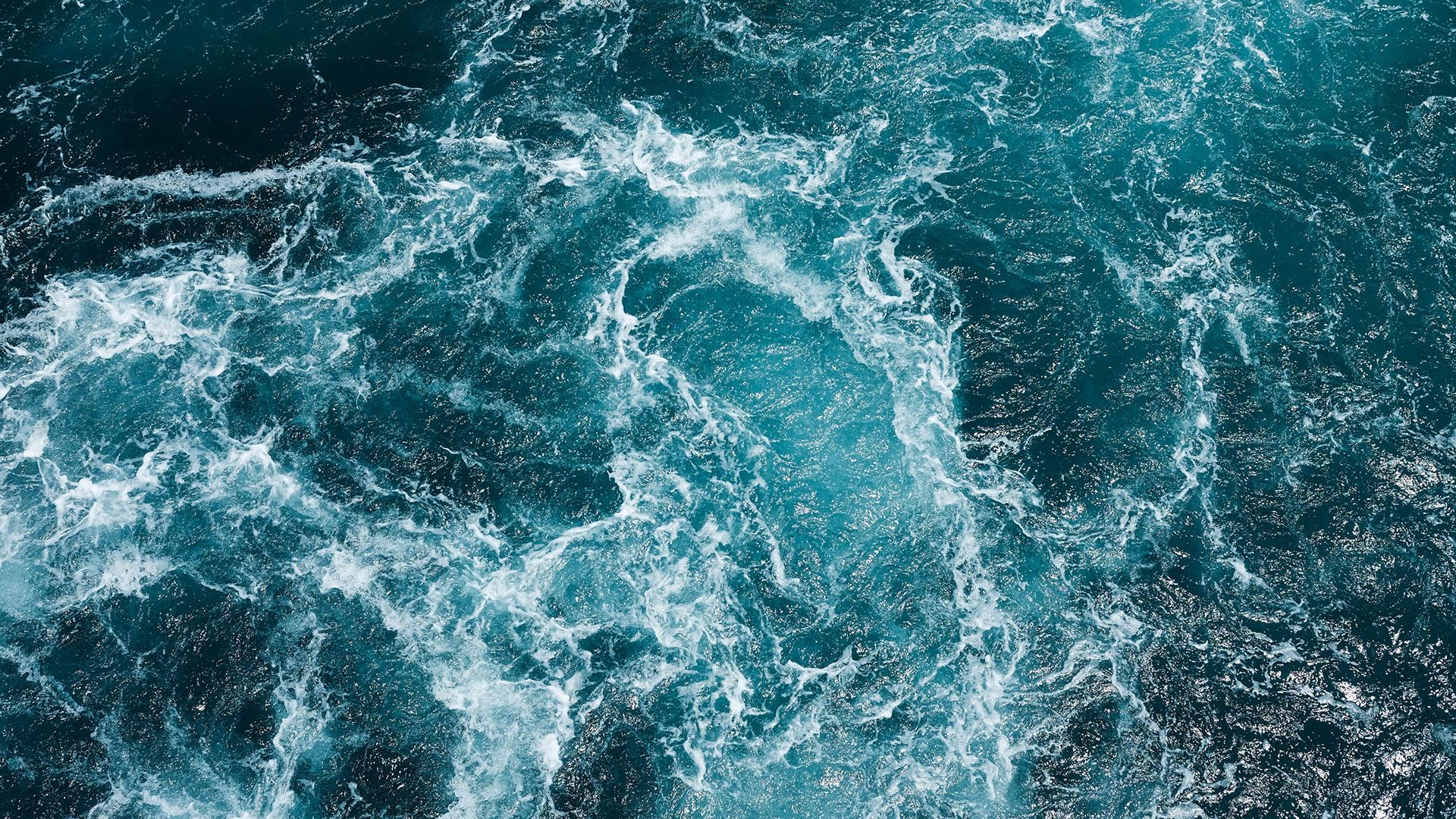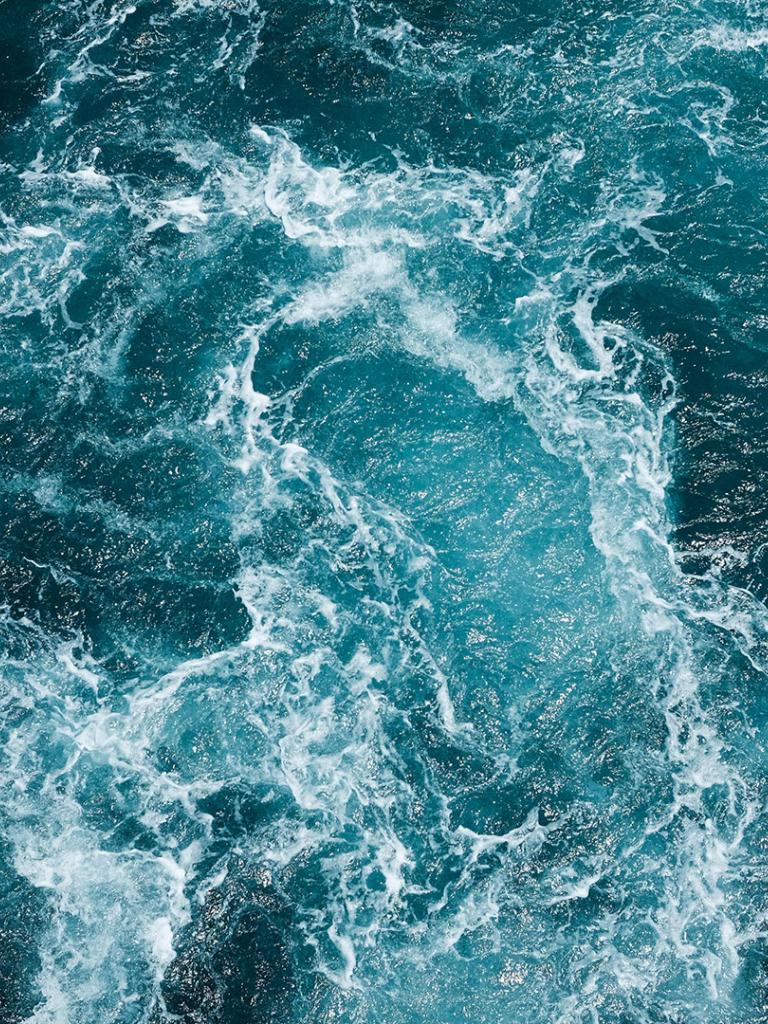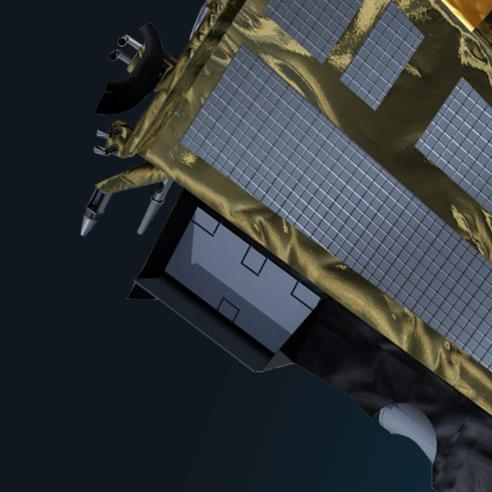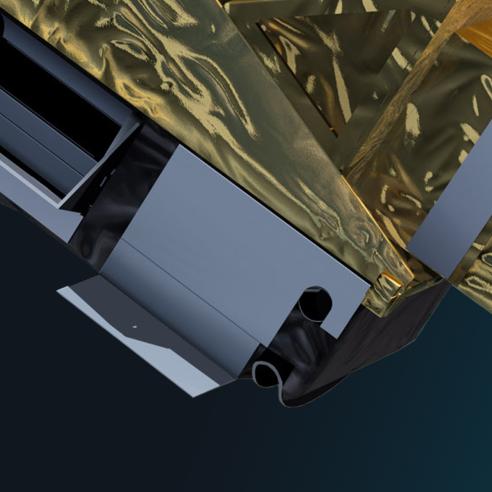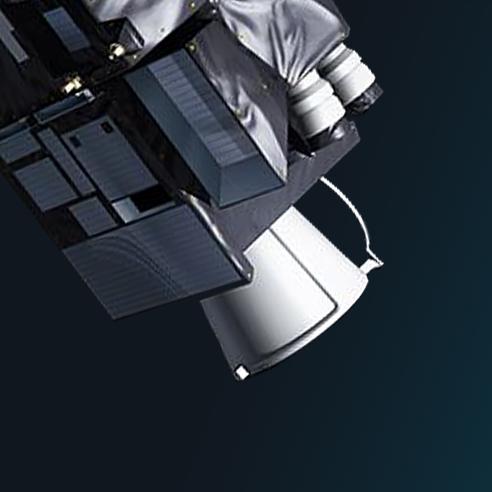28 June 2024
16 May 2022
The BRDF correction aims to minimize the dependence of the measured water reflectance on the solar and viewing geometry, thereby improving the quality of ocean colour data products. Various authors have investigated the development of BRDF correction methods, yet the ocean colour community recognizes the need for improvements. The underlying difficulty is the lack of an exact radiative transfer solution that fully accounts for environmental conditions and allows for correcting the BRDF effects in a remote sensing image on a pixel basis.
During the study we analysed several BRDF correction schemes presented in the literature and evaluated their performance with satellite and in situ data, considering both clear and optically-complex waters. On this basis, a new BRDF correction has been developed to improve the quality of results.
Objectives
The study consists of three phases. In the first phase, the BRDF correction for the operational S3 OLCI data processing over clear and optically-complex waters has been selected among the reference methods presented in the literature. The second phase has been addressed to implement a new BRDF correction that gathers the favourable features of the reference methods. The final phase essentially deals with assessing the potential reversibility of BRDF correction, estimating uncertainties and plugging them into the BRDF module, validating the scheme developed during phase 2, and presenting results in peer-reviewed journals.
Overview

1. Study framework
The BRDF effect induces variations of the water reflectance as a function of the sun zenith angle, the viewing zenith angle, and the relative azimuth angle between the sun and the observer/sensor. The scope of the BRDF correction is to minimize these variations by computing the fully (or exact) normalized water reflectance, which is the reflectance that a nadir-viewing instrument would measure if the sun were at the zenith in the absence of any atmospheric loss and when the Earth is at its mean distance from the sun (Morel and Gentili, 1996; see Fig. 1).
In view of implementing the BRDF correction of L2 OLCI water reflectance, we analysed the performance of the following reference methods presented in the literature:
- Morel, Antoine and Gentili (2002), henceforth termed M02;
- Park and Ruddick (2005), termed P05;
- Lee et al. (2011), termed L11;
- He et al. (2017), termed H17;
- Twardowski and Tonizzo (2018), termed T18—the original study denotes this scheme as ZTT for Zaneveld-Twardowski-Tonizzo (Zaneveld, 1995).
2. The new BRFD correction O23
As a follow-up of the literature review, a new BRDF correction called O23 has been developed based on the following guidelines:
- applicable in both Case 1 and 2 waters,
- IOP-centered,
- analytically invertible,
- convertible to any other geometry,
- based on the L11 main design,
- using Fournier-Forand scattering phase functions (Fournier and Forand, 1994; Fournier, 2007) for both phytoplankton and non-algal scattering,
- with an extended IOPs variability in comparison to L11 (Lee, Carder, and Arnone, 2002; Lee et al., 2011), and
- updating the empirical steps of the QAA to retrieve the IOPs from the water reflectance and provide a performance assessment.
3. Results
All reference methods and the new correction scheme were implemented in the OLCI operational processor – the Instrument Processing Facility or IPF - as a sub-module, except for the H17 method, which was not considered due to limited spectral applicability.
The following test cases have been considered for performance assessment:
- Measurements acquired with the Optical Floating System (OFS, Talone et al., 2018) in the Mediterranean and the Black Sea (Fig. 2), as well as measurements performed with two TriOS RAMSES systems at the NIOZ Jetty Station (NJS) in the Dutch Wadden Sea,
- the EUMETSAT Matchup Data Dase (MDB) with S3 OLCI and coincident field measurements at the AERONET-OC (Zibordi et al., 2021), MOBY (Clark et al., 2002; Voss et al., 2018) and BOUSSOLE (Antoine et al. 2008) sites, and
- overlapping OLCI A and B images acquired during and outside the tandem phase (the former as a benchmark and the latter to account for different viewing geometries).

The assessment results are summarized as follows:
- The analyses based on the in-situ OFS measurements documented the better performance of the 023 BRDF correction (Fig. 2). The results based on NJZ data did not allow for reaching a univocal conclusion (see Product Validation Report, attached).
- All BRDF corrections improve the agreement between OLCI and in situ measurements based on the MDB analysis, with a tendency to compensate for the positive bias in the nadir blue waters and the negative bias in the off-nadir green and brown waters. Comparisons show how M02 can perform better than the other methods in optically complex waters, with significant contributions from CDOM and particles. This case has been interpreted as the result of compensating effects. In general, the MDB analysis agrees with the findings based on in-situ data about the validity of the O23 BRDF correction scheme.
- The analysis of OLCI-A and B images has shown the need to carefully select test images due to the possible presence of abnormal cases. The assessment of BRDF correction schemes based on different viewing geometries showed that the L11 and the O23 models perform better than the other approaches (i.e., without BRDF correction or applying the M02 and P05 methods) at 560 nm and 443 nm, respectively. A substantial equivalence of these two methods is then reported.

In conclusion, although the BRDF correction schemes evaluated in the present work have similar performance, the use of O23 for the operational processing of OLCI L2 data is endorsed because 1) its tendency to produce better results in optically complex conditions, 2) its extended validity range, 3) the fact that the same simulated data set is used to define the coefficients for modeling the radiance anisotropy and the IOPs retrieval, which enhances the consistency of the entire BRDF correction framework.


Complementary features implemented to support the use of the O23 BRDF correction are:
- analysis of the BRDF correction performance based on the projection of input IOPs into a 2D ωb-ηb space expressing the relative contribution of 1) scattering albedo ωb as abscissa and 2), and particle scattering (ηb=0) versus molecules scattering (ηb=1) as the ordinate (Fig. 3).
- estimate the accuracy of the BRDF corrections based on a repeatability analysis (Fig. 4).
- enable the reversibility of the BRDF correction by computing the exact normalized water reflectance with an iterative algorithm equivalent to M02 (Fig. 5).
